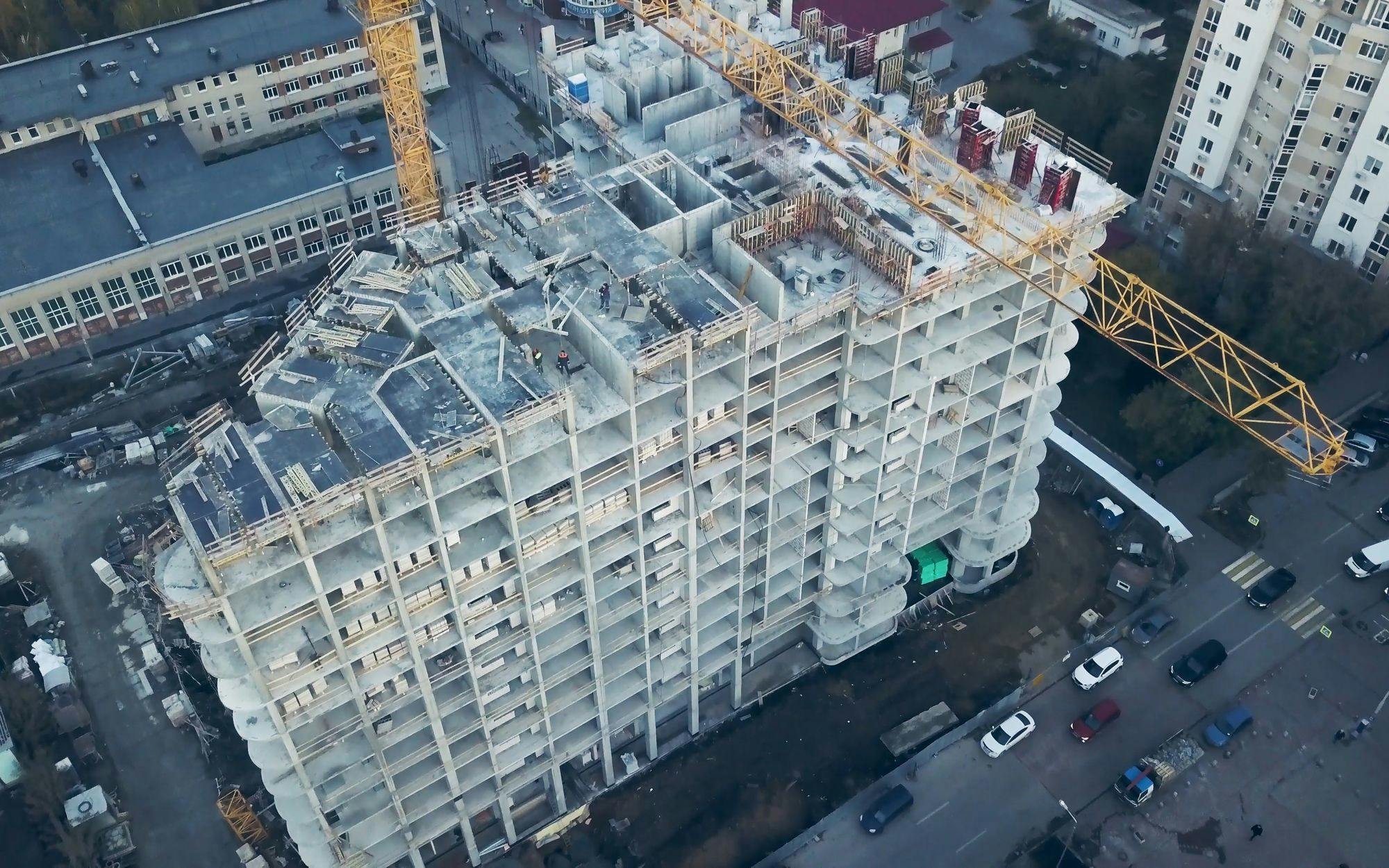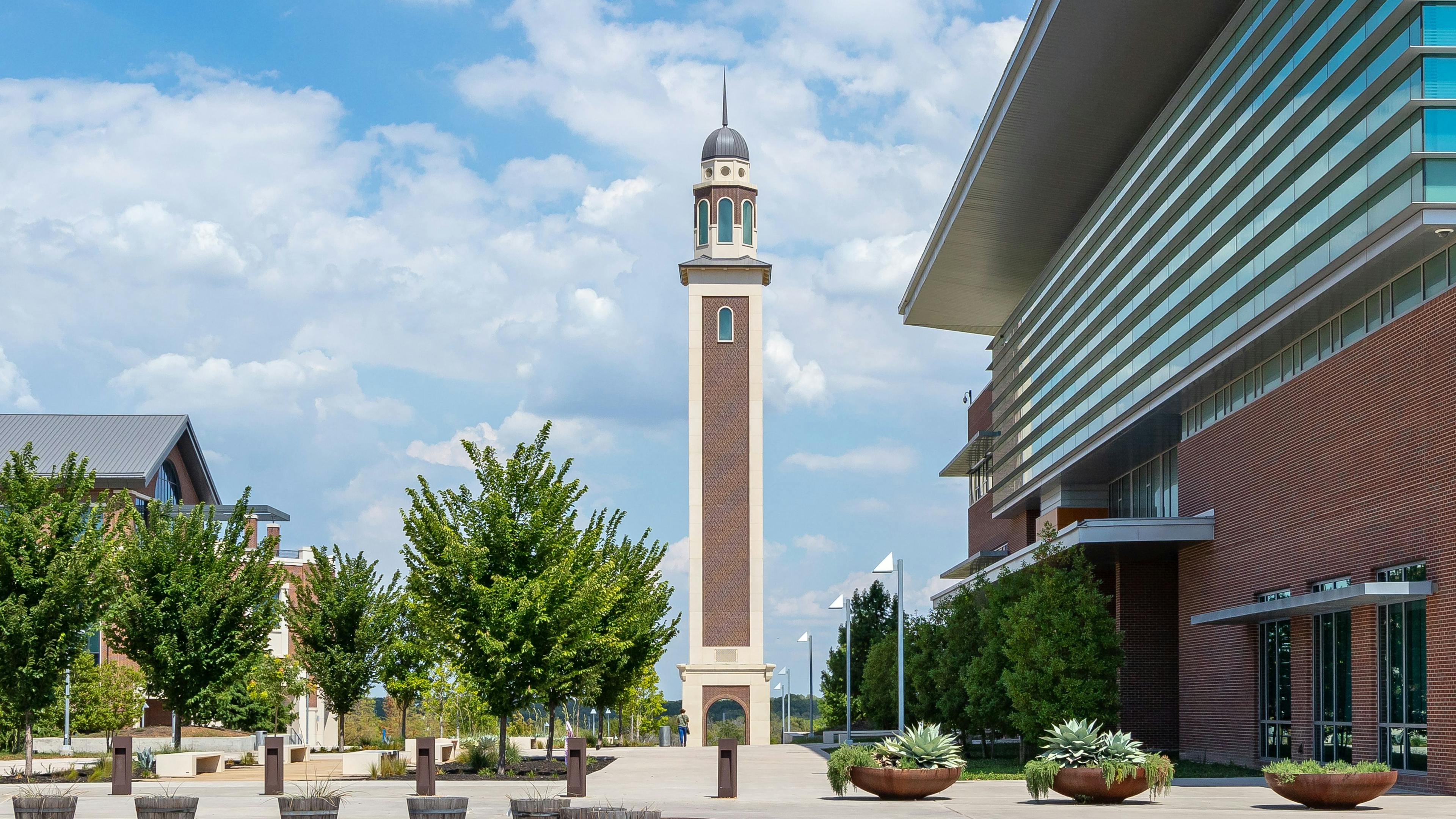
Three Ways Aerial Imaging Benefits Construction Amid COVID-19
One would be hard pressed to find an industry that has not felt the effects of COVID-19 in its own unique way. The worlds of construction, roofing and solar are no different, and come with their own unique challenges. Among them, these industries are tasked with considering new ways of working to make contracted surveying, onsite inspections, design planning, bidding and winning new projects more efficient. But this was an obstacle even before the pandemic.
Unfortunately, these pre-pandemic obstacles haven’t gone away; if anything, they've become more challenging. COVID-19 is forcing contractors to think creatively and critically about how to approach the operational challenges inherent to their work. Tackling them is paramount to adapting to the difficulties presented by COVID-19.
An introduction to aerial imaging tech
Aerial imaging has been around for decades, and one of the most unique and critically game-changing aspects of the technology is the ability to gain on-demand access to the imagery. Aerial imaging empowers construction contractors and government planning groups to get a literal full picture of the project before ever setting foot on the project site. Given the increased need for social distancing and remote capacity during this pandemic, aerial imaging brings three significant benefits to construction contractors.
1. Fewer personnel required onsite
Given the heightened need for social distancing, every opportunity to remove the need for more people on site should be taken. That said, reducing time on-site has benefits outside of the pandemic, too. Doing so reduces the risk of injury to employees and subsequently liability to the homeowner and company. Detailed 3D geographic mapping and automation have enabled roofing, solar and government contractors to conduct business with the reliability of being onsite while minimizing the need to physically be there. During normal, pre-pandemic times this is highly beneficial from a staffing and budgeting perspective. In the age of the coronavirus, it provides a reassuring level of safety.
2. Detailed prospecting from a distance
A fair concern among construction contractors is whether or not new technology will provide the same level of detail and accuracy when prospecting a new project. And the good news is it’s actually very reliable. The best aerial imaging technology provides incredible accuracy. Roofers and solar installers can measure a roof and get accurate measurements down to a pixel, which equates to an inch or less. The technology is advancing so quickly that it won’t be long before the imagery can provide measurements that are as accurate as having somebody on the roof with a tape measure. In an industry where every decision counts, and lapses in information can lead to costly setbacks, the power of a bird’s eye view means contractors are equipped with all of the information necessary to move forward—with minimal need for onsite prospecting and data gathering.
3. Increased surveying speed
There are many factors involved in maintaining the safety of employees and making sure projects reach completion on time, so being able to execute quickly and efficiently is a constant priority. This is amplified tenfold during a time when so many public and private sector initiatives have slowed to a crawl. At the best of times, aerial imaging technology significantly reduces some of the most time-consuming parts of surveying and prospecting on a project. Not only are contractors empowered to make better informed decisions, but they also can make these decisions much faster. Time saved on any project is highly valuable—time saved on projects that have already been woefully impacted by a crisis like COVID-19 is exponentially more valuable.
Embracing new technology across the board
Aerial imaging technology is far from the only kind of beneficial tech that is changing the way construction operates. Everything from Artificial Intelligence (AI) automation for sourcing materials to blockchain distributed digital ledgers have been making waves in the construction landscape. There is an opportunity for new technology to be instrumental now and after the pandemic. Being able to prospect and map out a project without the need to be there—and do it quickly—can be the difference in a roofing or solar business being able to deliver when decisions remain critical and pausing is not an option. The way the industry comes out strong on the other side of this pandemic is by embracing the technology that can efficiently push work forward.
Related stories








